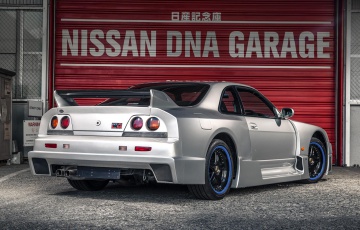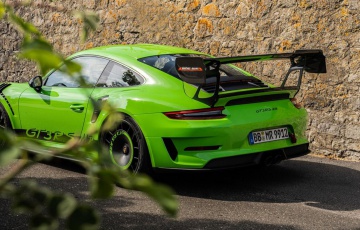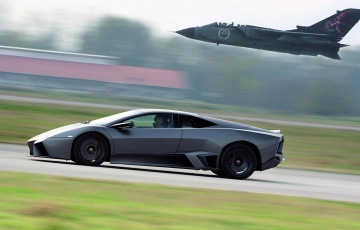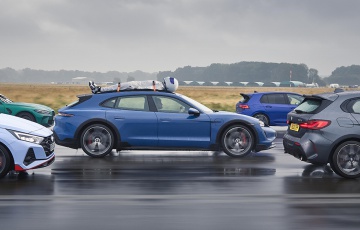The 12 best sportscars you forgot existed
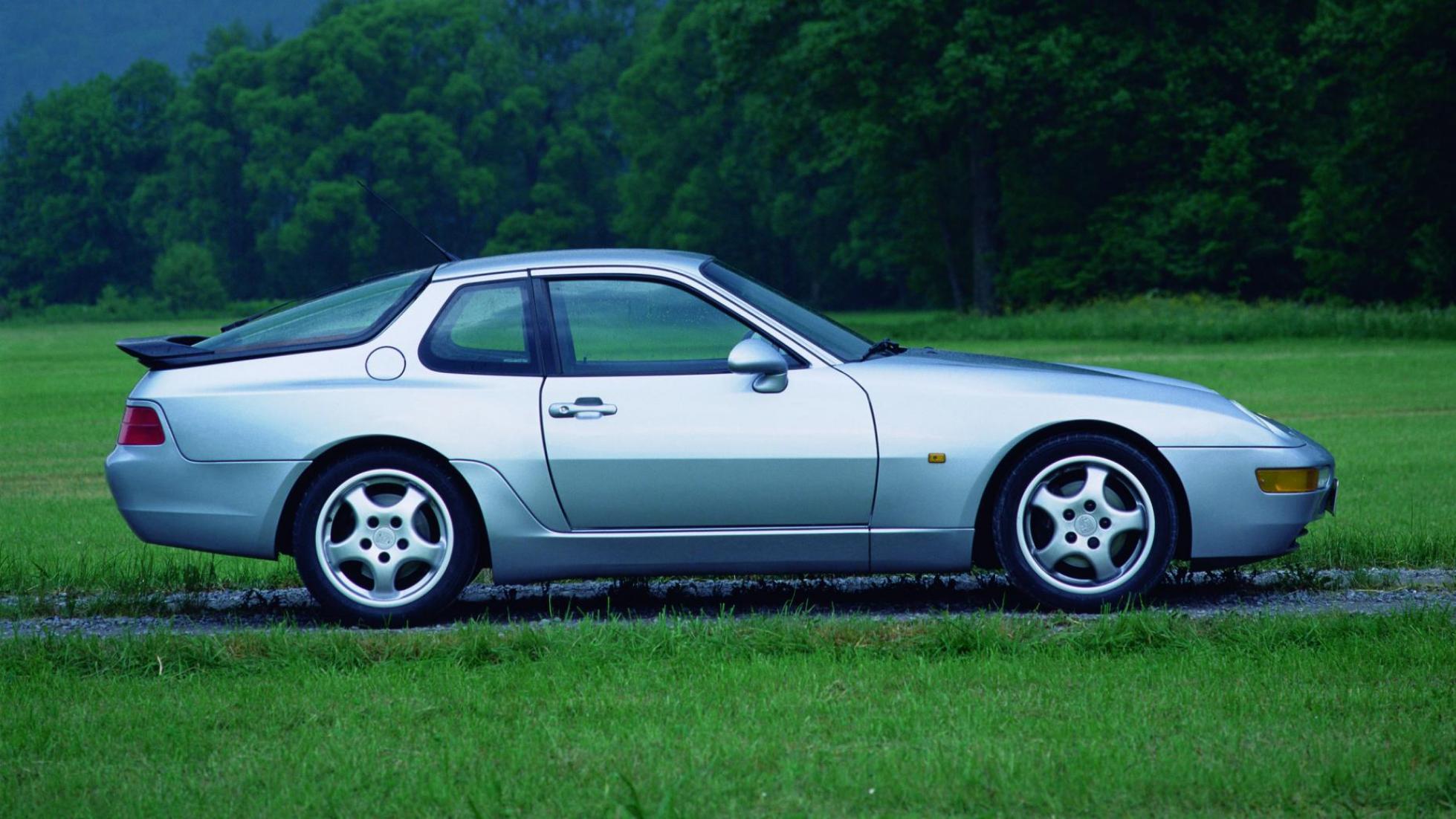
Porsche 968
“If you hear hooves,” the saying goes, “you think horses, not zebras.” And that’s pretty much the same case with Porsche’s sportscars. Because, while a zebra, donkey or Shetland pony might be about to come charging over the hillside, chances are that the thrumming sound is a 911. Yes, at Top Gear, we like our drinks like we like our metaphors: inexpertly mixed.
The 911 is so defining for Porsche that it’s easy to assume that every other car it makes is at best off-brand and at worst completely apostatical. But, for a brief moment, Porsche was the financially flimsy, low-volume purveyor of front-engined sportscars. Oh, how times change.
And while Porsche was in its ‘Hey, let’s be a German TVR’ years, the bods who tried their hardest to balance the chequebooks noticed that sales of the 944 were flagging. The answer? A new model, obviously, or at least an update to the 944.
The 968, if anything, was a little of column A and a little of column B. It’s based on the 944 and was apparently meant to be an update to the flagging sportscar, but, by the time it was ready, so much had changed – reportedly as much as 80 per cent – that Porsche decided it could have its very own name. Or number, as it turns out.
So, why is it great? Well setting aside rarity as an attractive feature, because it just isn’t, this is a front-engined, rear-drive sportscar, with a purist-pleasing rear-mounted gearbox and transaxle for perfect weight distribution.
And also one of the weirder engines we’ve heard of: a 3.0-litre, massively oversquare… inline four, carried over from the 944. Um, just quickly checking that wasn’t a misprint. Nope, it’s definitely a three-litre, four-cylinder car, which, in the 968, makes for gigantic 750cc cylinders, 240bhp and 305Nm.
In the handling stakes, it’s… well, a Porsche. They’re pretty big on the whole ‘handling’ thing. And the 968 is the culmination of everything Porsche engineers learned and honed as the 924 morphed into the 944 and then 968. So it’s as balanced as a gymnast and as even-tempered as a Quaker.
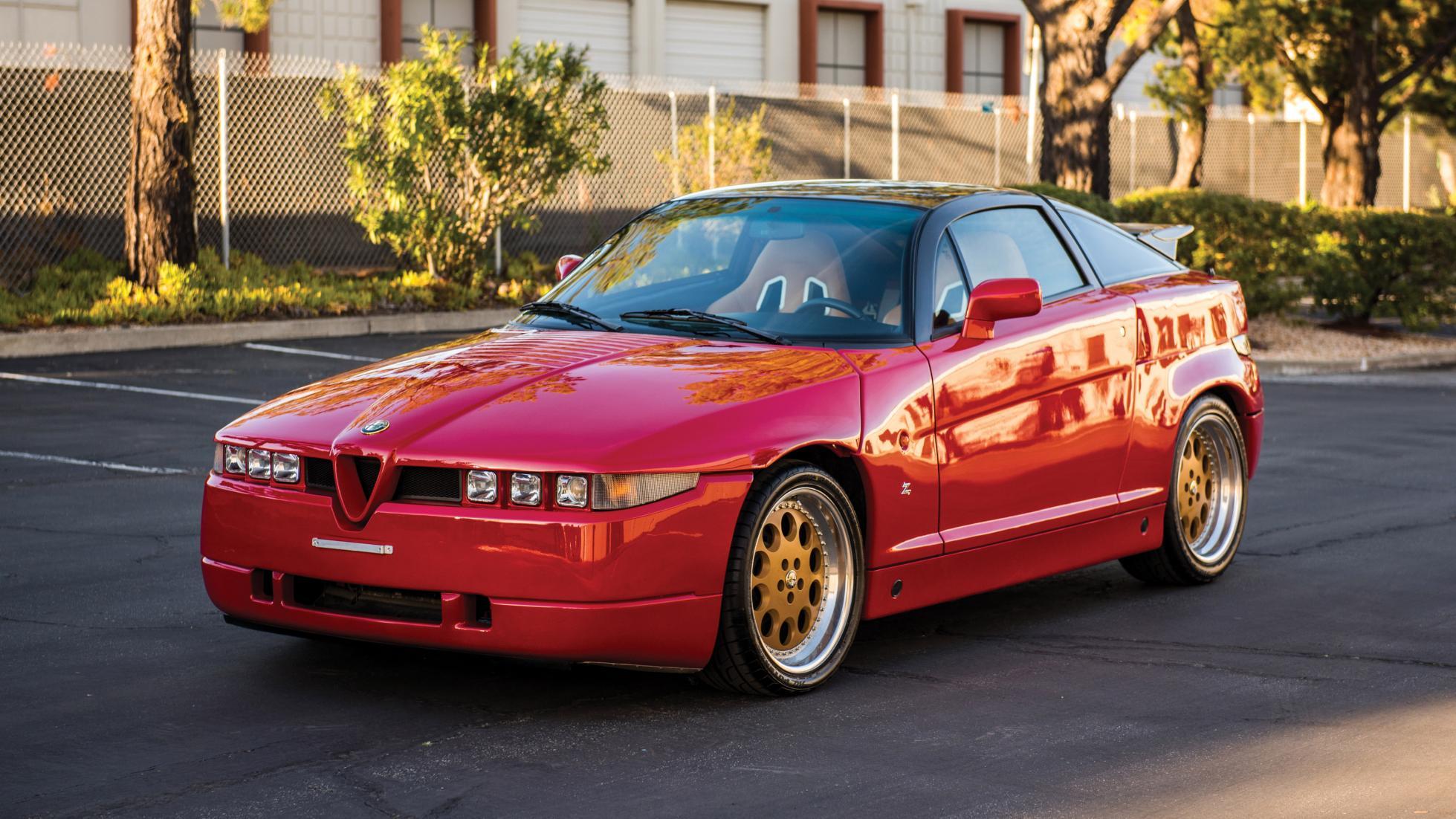
Alfa Romeo SZ
Answer us truthfully: how often do you actually think about the Alfa Romeo SZ? Sure, it pops up on lists of the weirdest cars and auction sites that bang on about its rarity and provenance, but how many of you considered an SZ for a modern-classic sports car that you’d actually buy?
We’re guessing it’s a tiny proportion. Possibly because it was murderously expensive when it was new, was then lost to the sands of time and then retrieved from obscurity by soulless speculators who then drove the price back up to that whole ‘murderously expensive’ level again.
Or it could be because it looked like the kind of car that doesn’t burn petrol so much as feed on unsuspecting superminis to sustain itself. Or perhaps because it’s a low-volume Alfa, which must make for the flimsiest car to ever blemish a road. Apart from a Leyland, obviously.
But the SZ, while undoubtedly pricey, absolutely deserving of its nickname – the Monster – and often host to panel gaps that you could post a squirrel through, is something else underneath all the speculation and divisive looks and suspect build quality: a brilliant sports car.
Nought to 95 took seven seconds, thanks to a conservatively estimated 210hp from its snarling Busso V6. The gearbox was rear-mounted, the transaxle home to a limited-slip diff. The De Dion rear suspension yielded brilliant grip from the rear, inboard rear brakes and a ride height best measured in picometres.
Luckily, Alfa’s engineers knew that in the real world, with real bumps and real divots and entirely fictional road maintenance, the ride height of a vacuum cleaner wouldn’t cut much mustard. So they fitted powered height-adjustable suspension.
Although, it must be said that seeking out some supermodel-skin-smooth road in the SZ is a must because, with the suspension set to just-shy-of-sump-dragging, Alfa promised that you’d be able to generate 1.2g in the corners. This is absolutely insane. It is also just shy of a 991 Porsche GT3 RS. Apparently, some drivers saw 1.4g before the SZ would let go, and many more could hold 1.1g all day – or at least until the driver’s lunch returned from what they thought should really have been a one-way trip.
It figures, then, that Giorgio Pianta – responsible for the 131 Abarth and Lancia Delta S4 rally cars – was instrumental in the SZ’s suspension development, basing it on the Alfa 75 Group A car, which he could also put on his resumé.
Really, we could bang on about the SZ all day, from its injection-moulded plastic body panels to its combination of usable downforce, 0.30 drag coefficient and styling that seems only slightly more squared-off than a Rubik’s cube, but we’ve got to move on. As little as we want to.
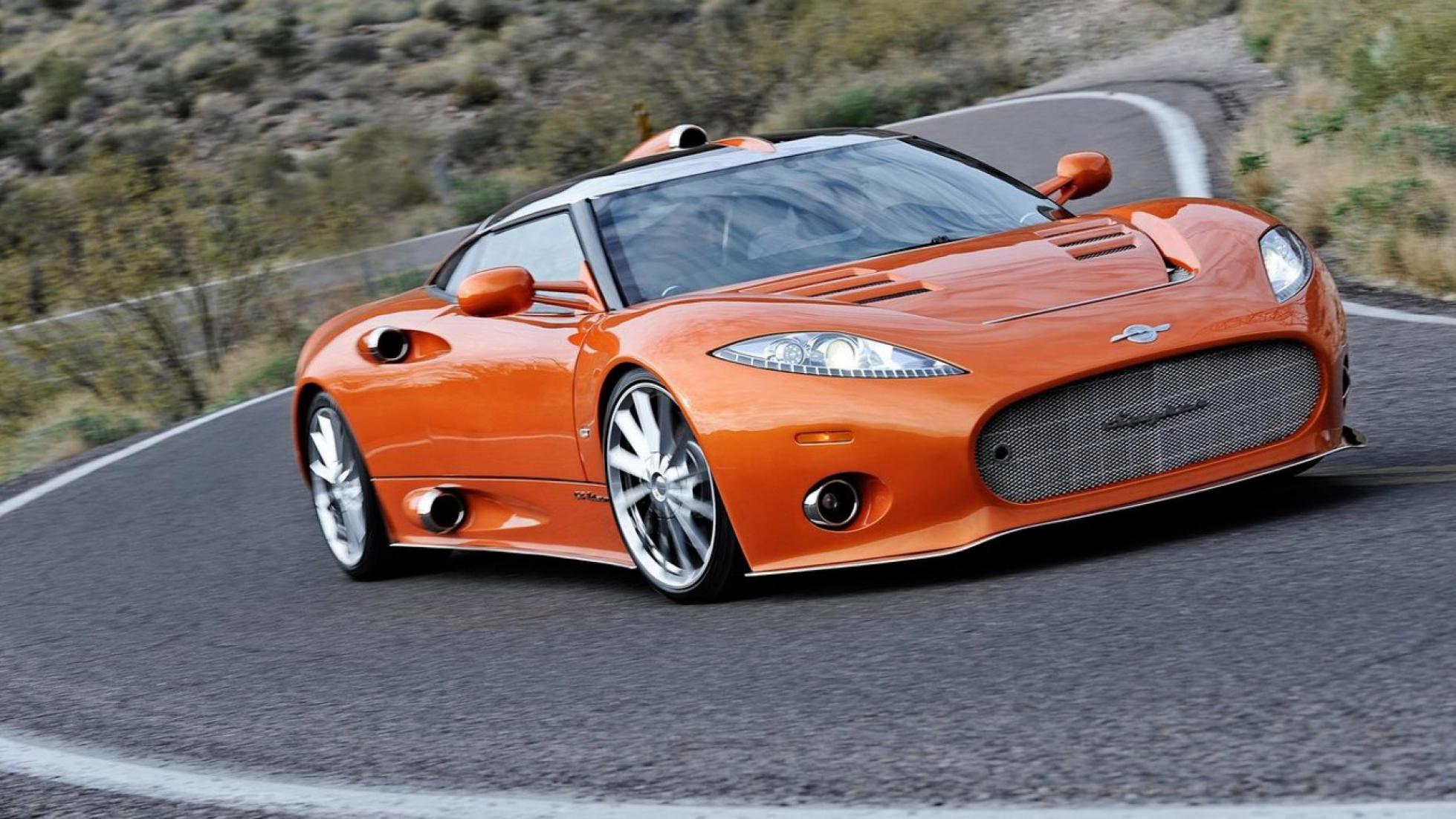
Spyker C8 SWB
At its heart, what is the point of a sportscar? If you answered ‘to go fast’, we’re afraid that’s wrong. Same goes for ‘look cool’, ‘sound awesome’ and ‘turn heads’. At its very core, the point of a sportscar is to make you feel good. It could do that by going fast, looking cool, sounding awesome or turning heads, but the fact of the matter is that unless it makes you feel better, just for driving it, it’s just a fast car, a good-looking car… you get where we’re going with this.
The Spyker C8 is one of those cars that just makes you feel better for being in it. It’s not all lap times or crossed-up oversteer heroics; just a car that feels custom-designed to extract as much fun as mechanically possible from any given situation.
The 1930s aviation-style interior is home to perhaps the world’s best-looking manual transmission selector, an architectural assembly of stainless steel sheer wilfulness that takes the utter joy of changing gears yourself and amplifies it with a tactile experience you never knew you always wanted.
Its mid-mounted 4.2-litre V8 is courtesy of Audi, but, in the Spyker, it’s been goosed up to 400 horsepower, which is just about the maximum amount you can have in a sports car before you lose the ability to actually go wide-open throttle for more than a picosecond at a time.
So, with 400hp, that does mean the Spyker is a car that’ll likely lose to anything pointy and serious in terms of elapsed time, but win in the much more important measurement: time well spent.
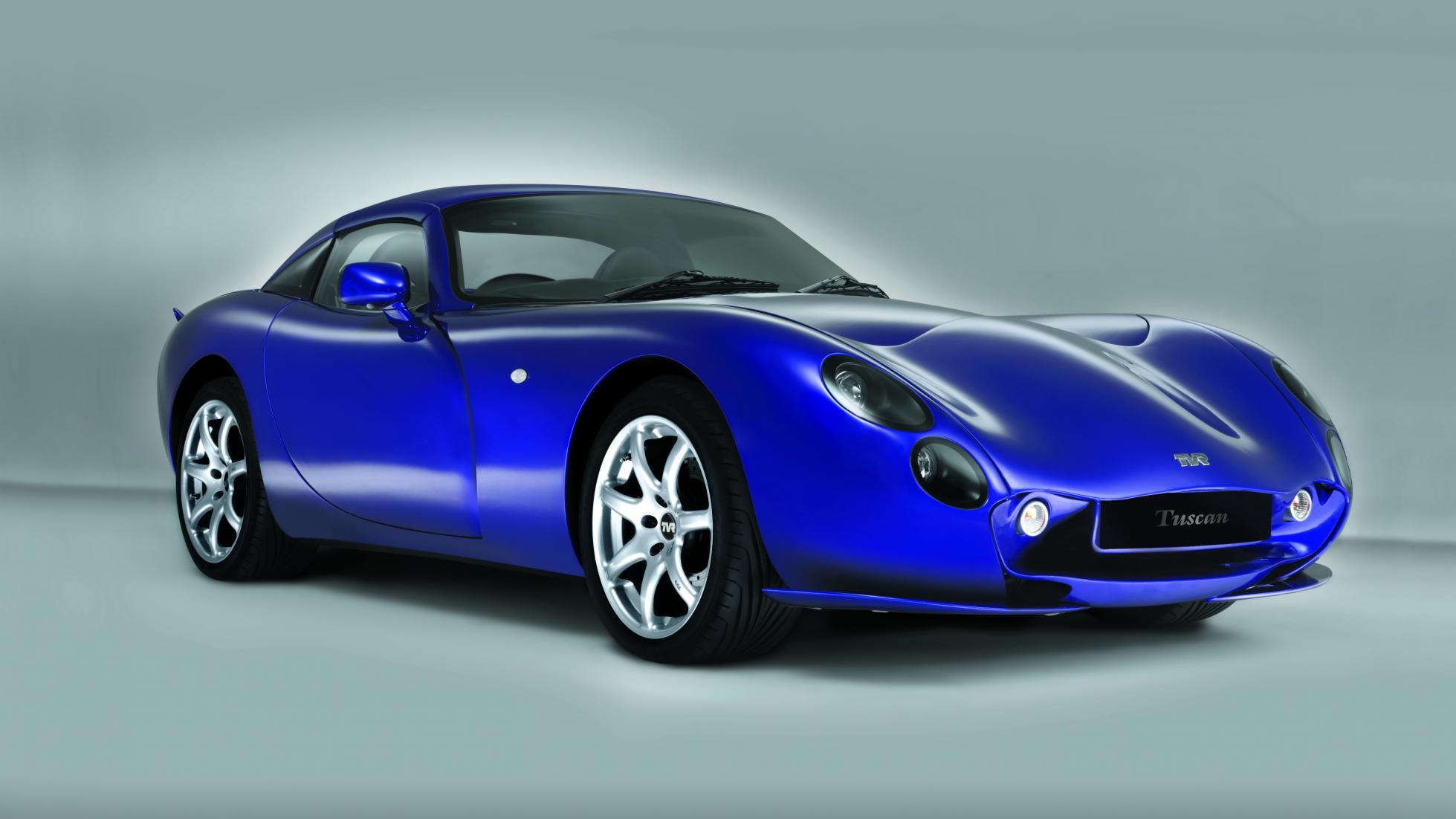
TVR Tuscan
“Ah yes,” you might be thinking, “it’s about time that Top Gear, being British, came over all apologetic about some fibreglass sportscar from a cold and damp place where people speak in impenetrable accents.”
And, while Blackpool certainly fits that particular bill, there’s nothing to apologise about with TVR. In fact, driving, sitting in or merely watching a TVR burble past fills you with the distinct impression that they’re about as unapologetic as sportscars get.
Traction control? Pfft. Grow some organs and sort it out yourself. ABS? What’s that, the really strong plastic stuff they make Lego from? Overpowered? No such thing, just undercontrolled.
There’s a plethora of TVRs to choose from, mostly with a model hierarchy that seems custom-designed to confuse novices. But this, like so many things in life, doesn’t really matter. What does matter is a completely home-grown straight-six engine called the Speed Six, a dry-sumped, individual-throttle-bodied beast, capable of 400hp from four litres. And that’s naturally aspirated, too, sports fans.
“That’s all well and good,” you almost have to be thinking by this point, “but didn’t TVRs always break?” And yeah, they kind of did. Building an engine of such performance from scratch as an independent car maker is a huge deal, and one that definitely came with teething issues.
Mercedes’ Friday night drinks budget wouldn’t be overburdened by the entire cost of developing the Speed Six engine, so it stands to reason that robustness isn’t its strong suit. But such is the allure and potential of both the Speed Six and the cars that use it that a cottage industry has sprung up to iron out the bugs, shore things up and turn your average Tuscan from a ticking time bomb into a cruise missile. Really.
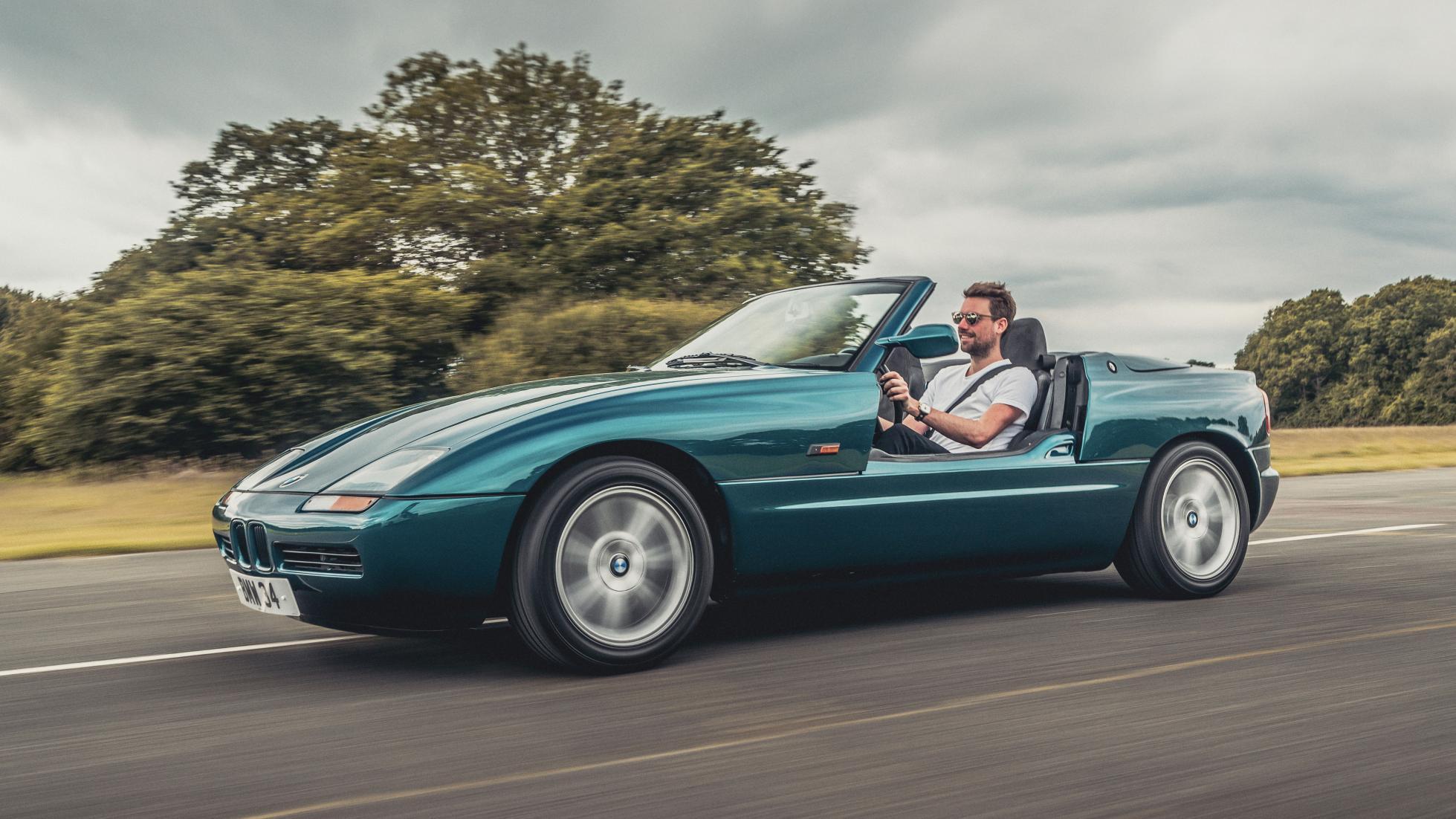
BMW Z1
Do you know what the biggest complaint about the Z1 was when it was new? It was too slow and needed more power. Not sure if anyone told those esteemed motoring writers of yesteryear, but that’s like looking at a supermodel and then bellyaching that they’d be rubbish at competitive eating.
Let’s all gather around and repeat this together: convertibles do not need to be fast.
A fast convertible is a great way to lose your hearing from wind buffeting. A fast convertible is a tremendous way to accidentally headbutt a bee (ask us how we know). A fast convertible is pretty much honour-bound to take whatever hairstyle you’ve chosen and rearrange it into one that you absolutely didn’t.
(Click HERE to read our review of the BMW Z1)
And yet the Z1, which debuted with a perfectly acceptable 170 horsepower and a slightly less acceptable insistence on being left-hand-drive only, was derided for being underpowered for its suspension set-up.
Well, the beardy road-tester types said ‘chassis’, but then they also said things like ‘tip it into a corner’ and ‘trimming the line on the throttle’, which is just gibberish.
So even though the Z1 had a welded steel body with bonded plastic floor for stiffness, interchangeable plastic body panels, doors that disappear into the sills, less drag than a cancelled Mardi Gras and brilliant multi-link rear suspension, it copped flak for not travelling at the speed of your average solar flare.
It was a handling dream with a straight six engine that you could whip like a racehorse, with the added benefit that, unlike a racehorse, you didn’t also feel the guilt of, y’know, whipping a living creature for other people’s entertainment.
And if you decide that we’re just talking absolute cobblers and that 170hp is only just enough to power a mobility scooter, it’s not like the BMW straight six is allergic to tuning, is it?
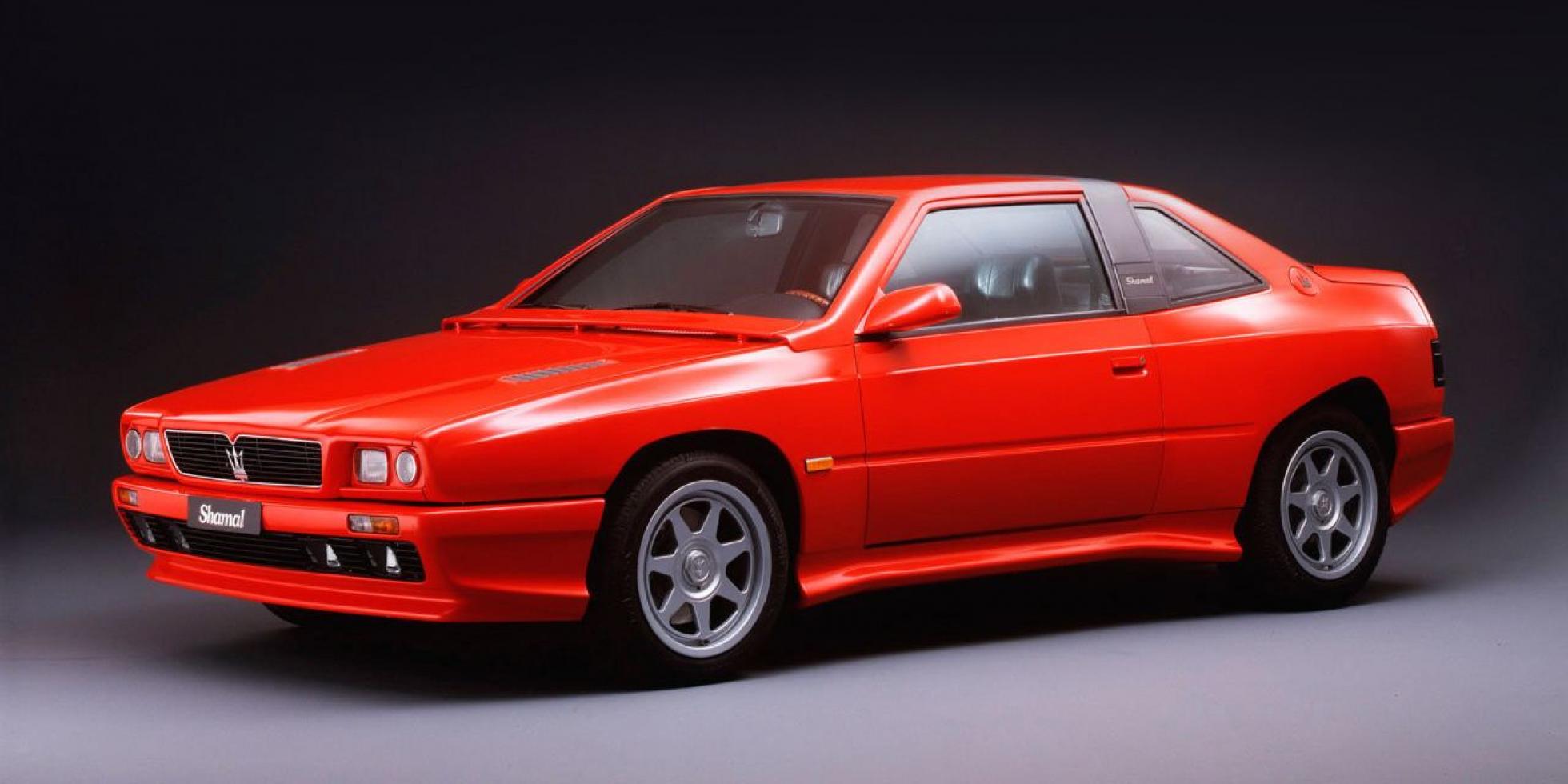
Maserati Shamal
The Maserati Biturbo was, by almost every definition, utter crap. Think about all the things that have ever gone wrong with your car. Now imagine a car that’s exponentially more prone to breakage, failure, leaking or good old-fashioned self-immolation.
In fact, the only way for your car to be as unreliable as a Biturbo is if it’s another Biturbo. Seriously, a Biturbo expert over in the States advocates changing timing belts every 10,000km. Not 100,000; 10,000.
So how the hell are we going to explain the Shamal, which was based on the same basic architecture as one of the worst things Maserati ever did? Well, if you’ve not witnessed the scope of our mental gymnastics, allow us to give you a small taster.
Number one: the Shamal is named after a breeze. All the best Maserati road cars are named after one wind or another – Bora, Khamsin, Ghibli and so on – so the Shamal also has to be good. For other logical fallacies, consult your nearest Facebook post.
Number two: while it used a few basic underpinnings from the Biturbo, the Shamal had an entirely new engine – a twin-turbocharged, 32-valve V8, good for an easy 320hp and 430Nm. The new V8 was so good, in fact, Maserati kept using it in the 3200GT.
And number three: by the time the Shamal came around, Maserati had taken the huge PR hit from the Biturbo and figured that any further hits to its reputation might be the coup de grace. Also, Fiat had popped by and bought half the company in 1990, so Maserati actually had a bit of cash lying around to build the things properly.
So, as well as being a pretty damn brisk sportscar with a trident badge (already a win in our book), the Shamal snatched a small victory from the gaping maw of defeat that was the Biturbo. Well, turns out you can polish a…
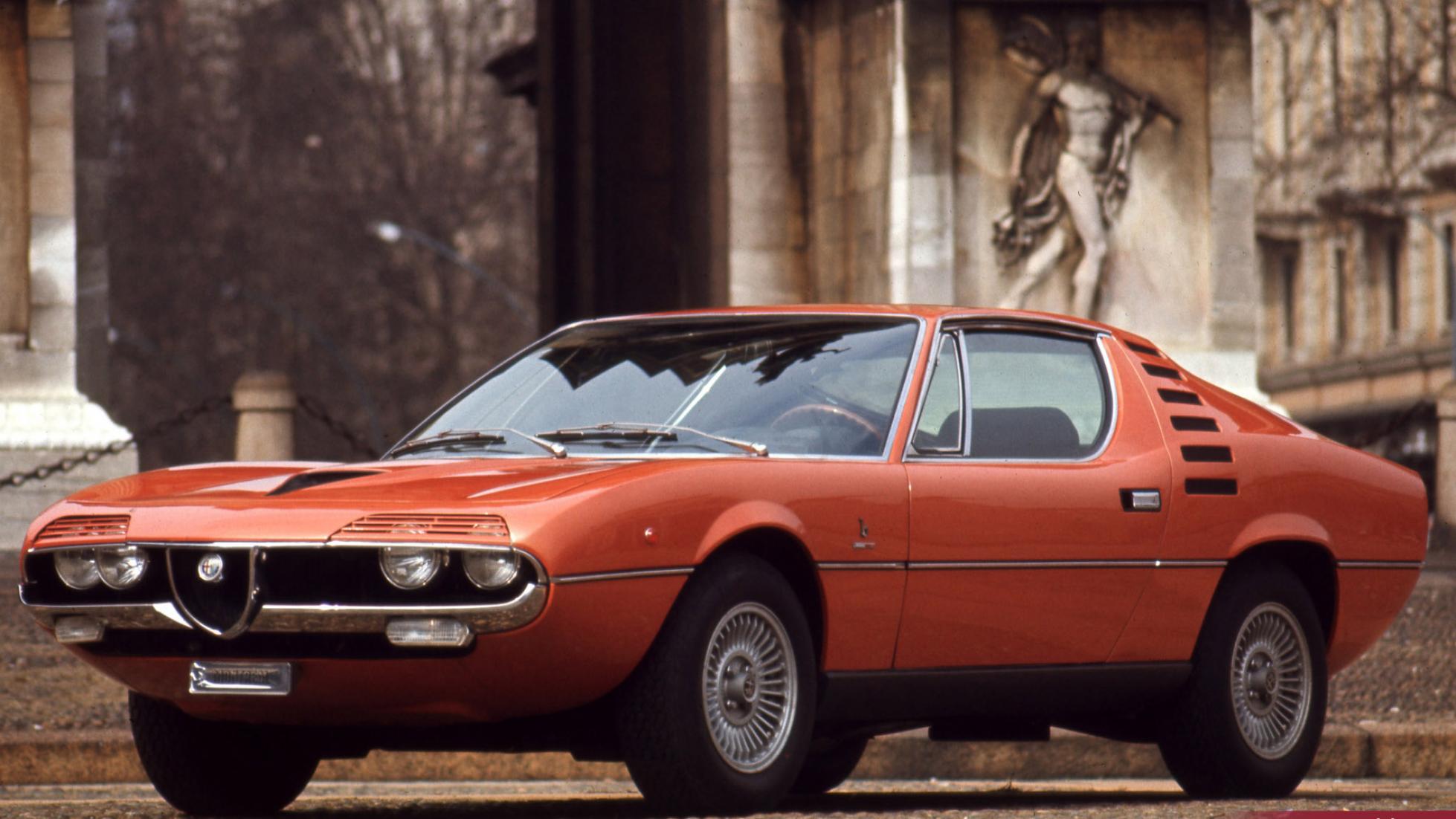
Alfa Romeo Montreal
“Ah,” you might be thinking, “two Alfas in one list. How very on-brand of you, Top Gear, to get all dewy-eyed for Alfa yet again.”
But how are we to choose between the jolie-laide SZ, with underpinnings pinched from the Group A Alfa 75, and the Montreal, which takes its chassis from the transcendent 105 Series and its engine from the 33 Stradale?
That’s right – the 33 Stradale, one of the prettiest objects of all time, powered by a superb 2.0-litre, dry-sumped, flat-plane-crank V8 with 230hp.
OK, so the Montreal’s V8 was toned down a bit, but we’re still talking about 200hp from the enlarged 2.6-litre V8. It also gained a cross-plane crank, meaning it burbles and chuffs in a way the 33 won’t – or at least really, really shouldn’t. Bigger displacement and different cam profiles also meant more torque, which is the much more useful of the pair away from the race track.
And yes, the Montreal sits on the same basic chassis as the Giulia GT, 1750 GTV and 1300 Junior. And the Duetto Spider. And the GTA. And the GTAm. Really, the 105 chassis was the gift that kept on giving. Couple that with Alfa’s race-bred V8, ZF 5spd and limited-slip diff and you’ve basically scored sportscar bingo.
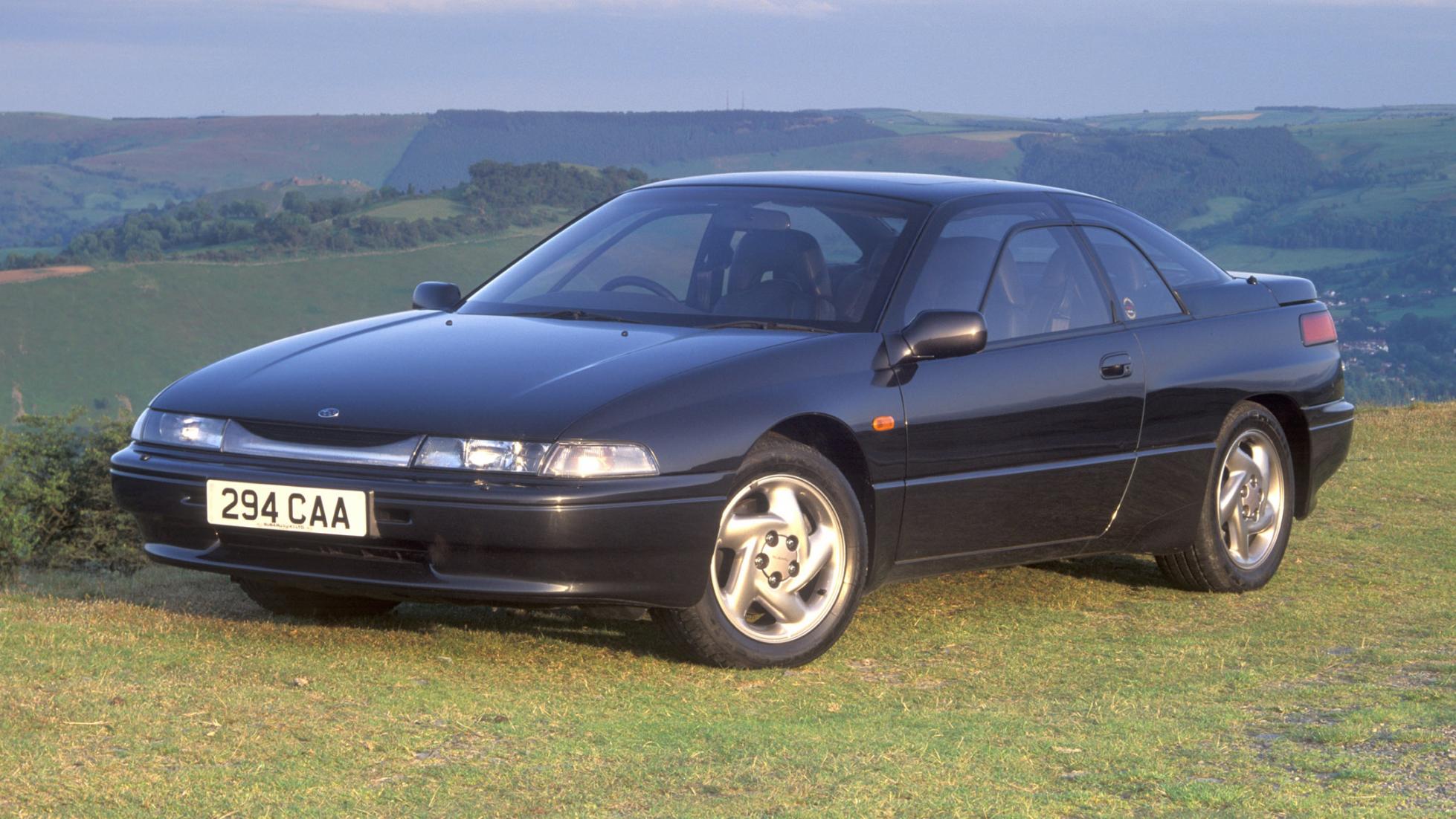
Subaru SVX
What, exactly, was the SVX? A grand tourer, a sportscar, a high-tech showcase from Subaru during Japan’s economic bubble? Um. Can we pick all of the above?
Here’s just a taster of what’s on offer in an SVX – a 3.3-litre, naturally aspirated flat six, full-time all-wheel-drive and… a 4spd automatic. Was this the ultimate stumble? Well, it is gracing a list of forgotten sportscars instead of sharing the A80 Supra’s giant-killing debut, ascendancy in the tuning world (and on film) and meteoric rise in both status and second-hand value.
But Subaru’s loss is your gain, if you can actually track one down. Styled by Giorgetto Giugiaro, powered by a flat six engine with 230hp and home to Subaru all-wheel-drive, which tends to be shorthand for ‘roughly the best kind of AWD short of an actual rally car’, it ticks pretty much every sportscar check box. Except for that crucial one: manual.
So why did Subaru stumble at the great gearbox hurdle? Well, the story goes that Subaru just didn’t possess a manual that’d deal with the 311Nm of shove from its big flat six engine.
Another story goes that the 4spd auto’s torque converter wasn’t really up to the twist either, and slightly grenaded, but that Subaru ironed that particular problem out early on in the SVX’s life.
So, let’s lay out a couple of things. A quick search of the internet will yield all the instructions necessary to swap the gearbox out for a 5- or 6spd manual from a WRX. And it’s not like they’re thin on the ground.
And if you do that, you might have one of the last of the Japanese no-holds-barred sportscars from the 1990s. Tempted?
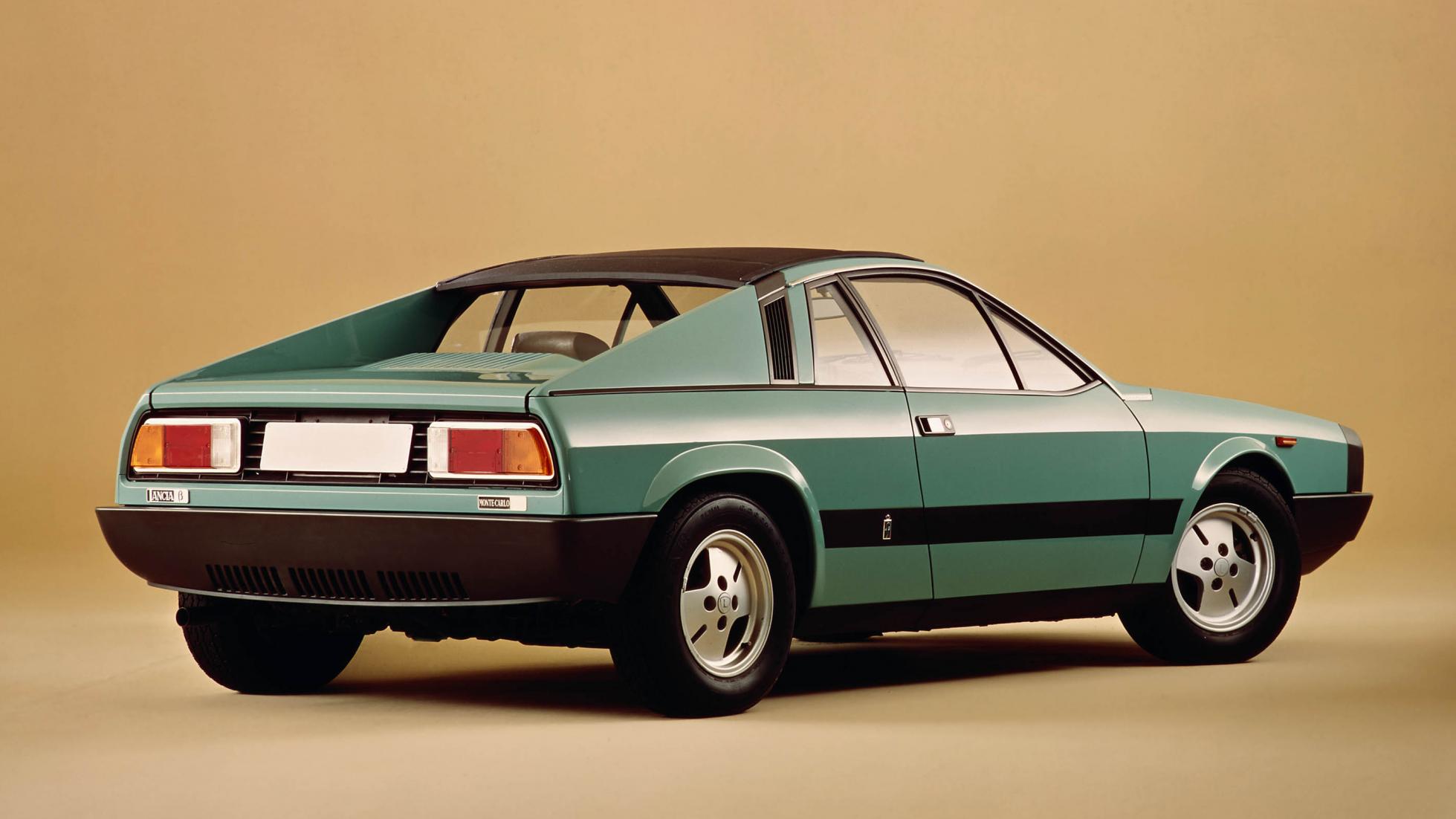
Lancia Montecarlo
Yes, we’re doing it – putting a late Seventies Lancia on a list of best sportscars. Have we gone entirely doolally? Well, we’re probably not best-placed to give an objective assessment on that. You be the judge.
But how, exactly, are we supposed to do anything but argue in favour of a mid-engined Lancia, designed and built by Pininfarina and named after a first-place finish in the Monte Carlo rally by the peerless Stratos?
OK, so the Montecarlo wasn’t without its issues – when it was first released, the brakes were… problematic. So Lancia took the Montecarlo off sale entirely for two years while they fixed the problem.
And the fix? Removing the brake servo entirely and changing pretty much every other braking component. There were also a raft of other improvements and updates between the first and second generation, in case you were thinking that two years is a long time to rip out a few parts.
Over in the United States of America, the Montecarlo was sold as the Scorpion, which was not so much of a problem. What was so much of a problem was the raised suspension necessary to pass American headlight-height regulations and massive impact bumpers needed to pass crash laws.
Together, they took a lithe, nimble, mid-engined Italian sportscar and turned it into a heavy blancmange. And just for an added kick to the goolies, American smog laws meant Lancia had to strangle the engine. In America, the Lampredi unit made just 80hp, whereas in civilised countries, it was putting out more than 120hp.
But let’s not worry too much about that, especially when the Montecarlo’s engine bay will accept both the Delta Integrale powerplant (being the same basic engine) and also Alfa’s Busso V6, which transforms the 120hp Montecarlo into a mid-engined Italian sportscar with at least 250hp.
On the handling side of things, a set of modern tyres and some fettling will result in proper mid-engined steering joy and balance, and the iffy brakes have been sorted by any number of Montecarlo specialists in the UK. Scratch your modding itch, your Italian itch and your mid-engined itch in one go!
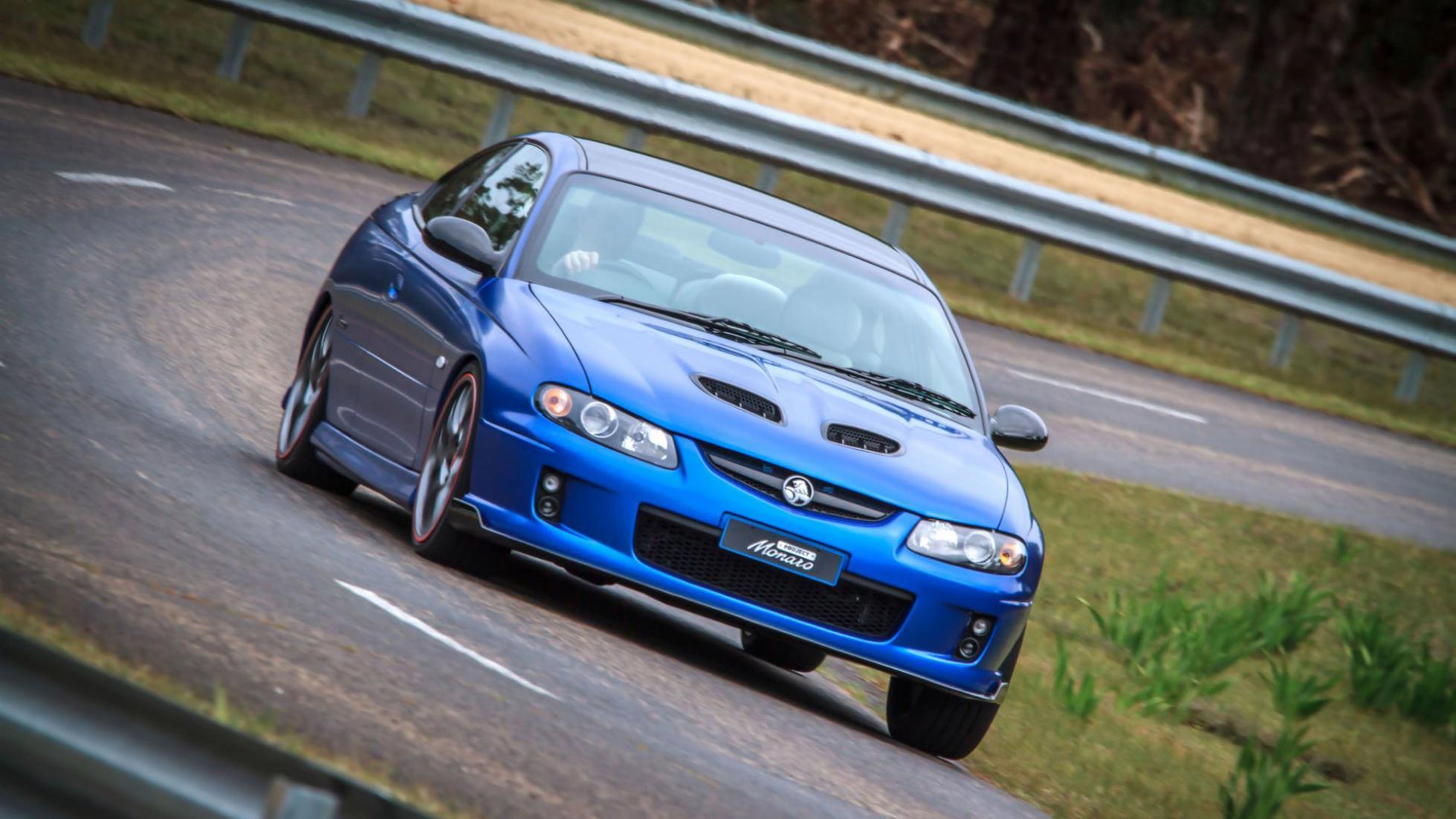
Holden Monaro
Remember back when climate change was just something that Al Gore was giving powerpoint presentations on? And remember when the world, while probably circling the drain, didn’t give the overwhelming impression that we were moments away from heading straight down the plughole? They really were simpler times.
And, in a very small way (or if we drew an especially long bow), the Holden Monaro could be said to be a microcosm of that very zeitgeist.
The Monaro was a bastion of a simpler time, when Australians made cars, General Motors made decent business decisions, and the world at large made a decent amount of sense. It was also a time when the desire to own a V8, rear-drive muscle car wasn’t tempered by the realisation that you’d be accelerating humanity’s journey to super-hurricanes, rising oceans and wildfires the size of Belgium, the Netherlands and a whole second Netherlands combined.
And the Monaros were actually pretty close to perfect, in terms of muscle cars. There was a simple, naturally aspirated pushrod engine up front, a manual gearbox in the middle (an auto was optional, if you were terrible at life choices) and two driven wheels in the rear that could be coaxed into heroic powerslides with a mere suggestion of throttle.
And, as a bonus, it transpired that some Australians actually knew their way around suspension, because the Monaro, while as pillow-soft and easy-going as a John Mayer album, could actually handle kinks in the road without going off its rocker. Unlike John Mayer.
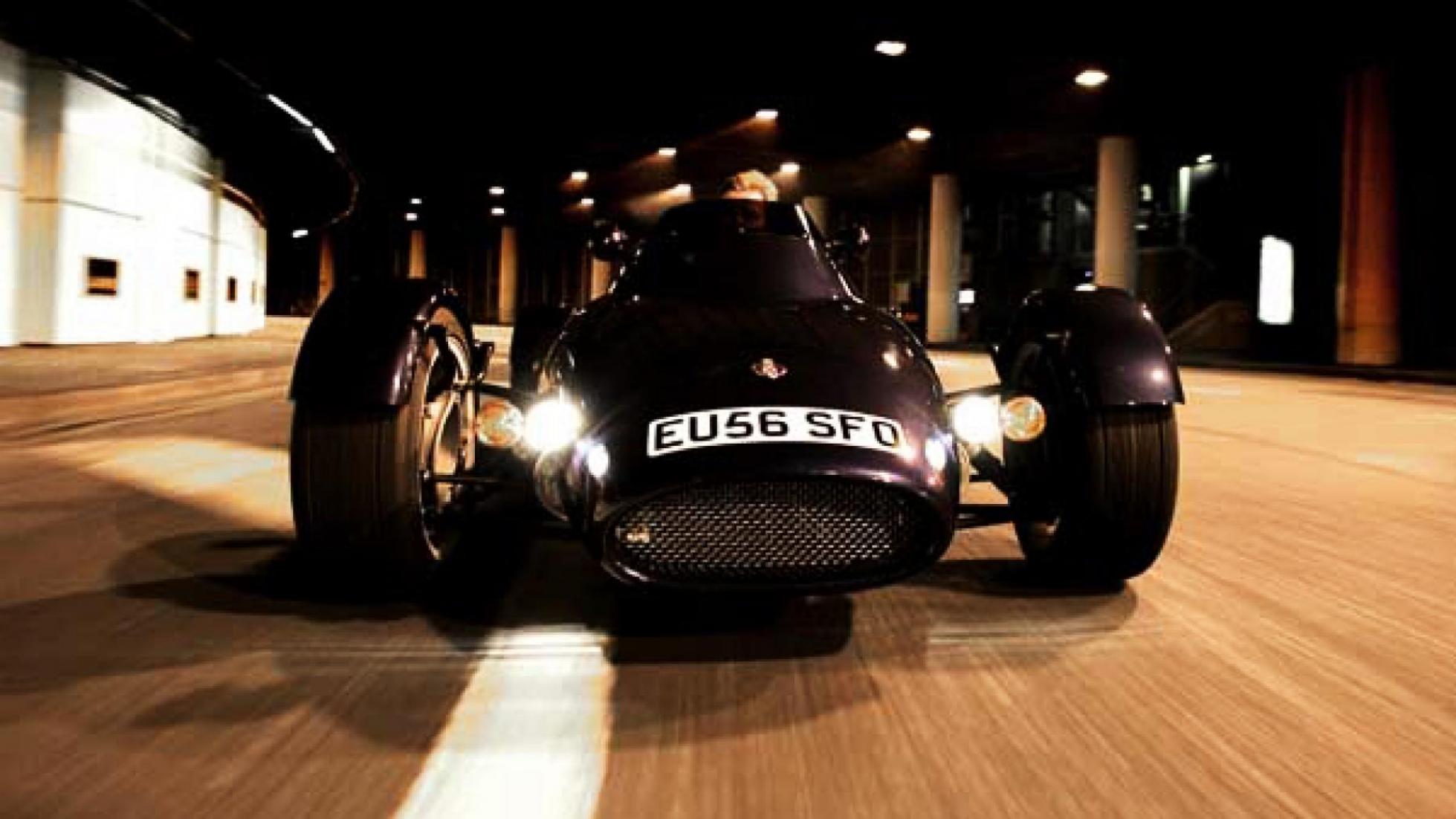
Light Car Company Rocket
Taking the virtues of lightweighting to their logical conclusion is the Light Car Company Rocket. And, with a name that literal and the pursuit of weight saving and packaging so pathological, the LCC Rocket can only really come from one man. Yep, creator of all the best F1 cars, a car called the F1 and another new’un called the T.50, it’s Mr Murray himself.
You sit tandem, single-file, just like on a motorcycle. This gives you the full F1-in-the-Sixties feel from behind the wheel, and yet still allows a pillion passenger. Also pinched from a motorbike is… well, the engine.
It’s a 1000cc Yamaha unit from the FZR1000, good for 145hp and 104Nm, because motorcycle. Also thanks to its two-wheeled provenance, the one-litre wonder reaches those outputs at 10,500rpm and 8,500rpm respectively.
And it weighs… practically nothing. If the largest member of the Top Gear team were to get in a Rocket (the cabin is surprisingly capacious), he would be far and away the heaviest component in the entire thing.
With Mr Big Bones back out of the car, it weighs comfortably less than 400kg. So that means the power-to-weight ratio rivals a supercar, the looks echo a 1950s Formula 1 car and you can still get 35mpg, even when ragging it. Could this pre-McLaren F1 single-seater oddity be the way forward for sports cars? Um, duh.
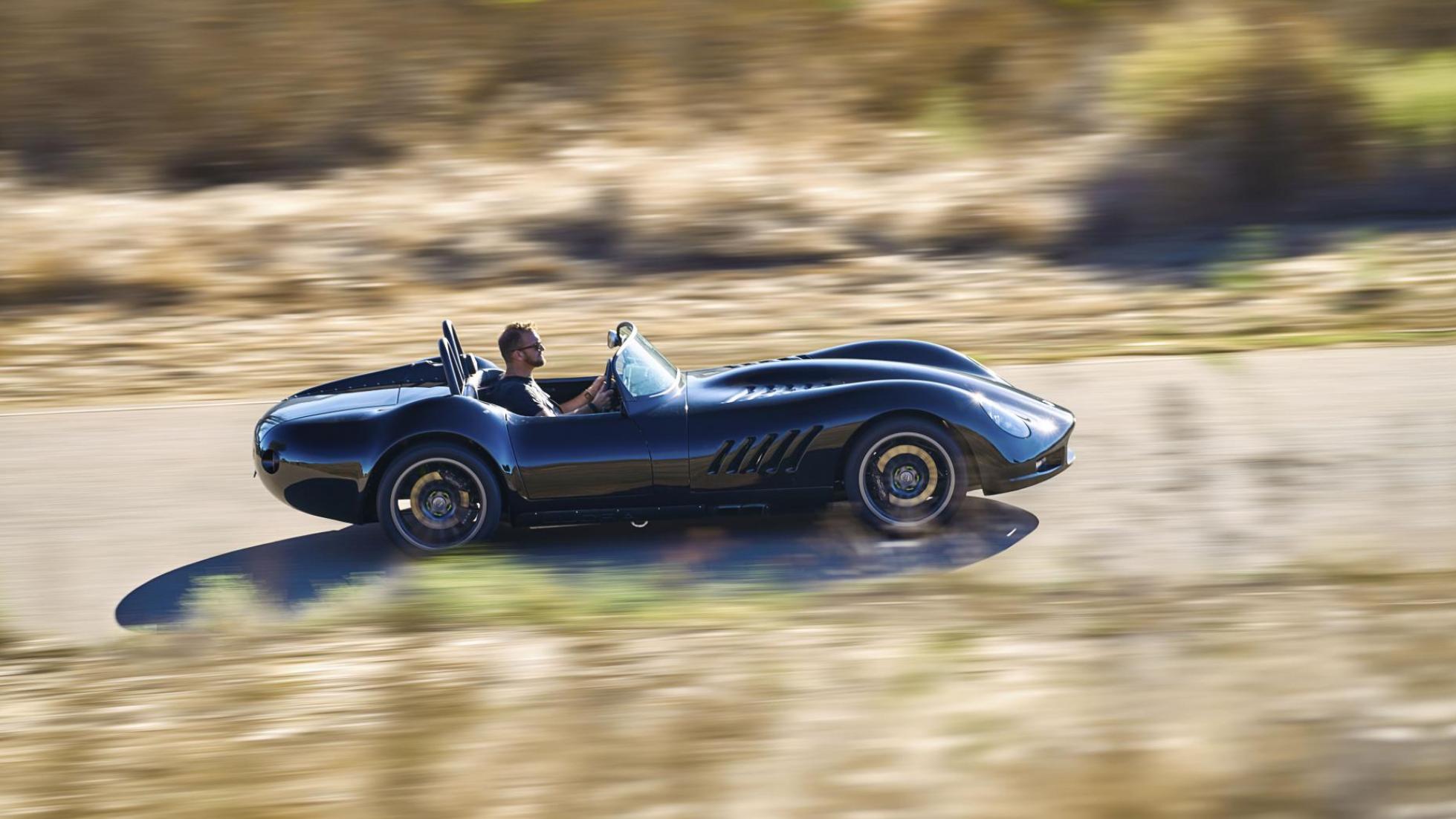
Lucra LC470
Remember Lucra? Well, not if we’ve chosen the right cars for this list, you haven’t. The Californian sportscar builder is in the business of blending small, light cars with big engines, like a modern-day AC Cobra. And, like the Cobra, it’s hard to argue that the LC470 isn’t a damn attractive automobile, especially in profile.
It weighs a shade over 900kg, and has a 44:56 weight balance front to rear thanks to its front-mid-engined layout. Oh, and the engine? LS, of course. LS3 or LS7 in a lot of cases, but owner Luke Richards is a fan of the new LT series, which gains finements like direct fuel injection.
Richards tries to build “as many as possible with lower horsepower unless I’m ordered by the owner to build with higher horsepower, because they don’t need it”.
And what, exactly, is “lower power”? Oh, just 500hp or so, which Richards says “doesn’t sound like a lot in today’s market”.
And that’s a sad indictment of the current crop of performance cars, which tend to weigh in around two tonnes and then bring back performance with 600 horsepower or more.
But, if you disagree with our assessment and have the cash, Richards has built a couple with seven and even eight hundred horsepower, which must be borderline psychotic.
The Lucra’s 500hp is good for 0–95 in 3.2 seconds and a 10-second quarter mile, with race-spec suspension and brakes to ensure it’s not the quickest trip up a tree you’ve ever taken.
Still, take care: there are no electronic minders to save you from overexuberance with the right-hand pedal. So, the Lucra’s basically a TVR with a suntan. We can get behind that.
STORY Craig Jamieson






